Fucecchio. Abbey of San Salvatore
2021
The abbey of San Salvatore is located in the upper part of Fucecchio, in the province of Florence, diocese of San Miniato.
You may also like
2021
Lucca, Tuscany. The church of San Cristoforo
The church of San Cristoforo is a church of Lucca in Tuscany located in via Fillungo. Built in the 11th century, it was rebuilt in the mid-12th century.
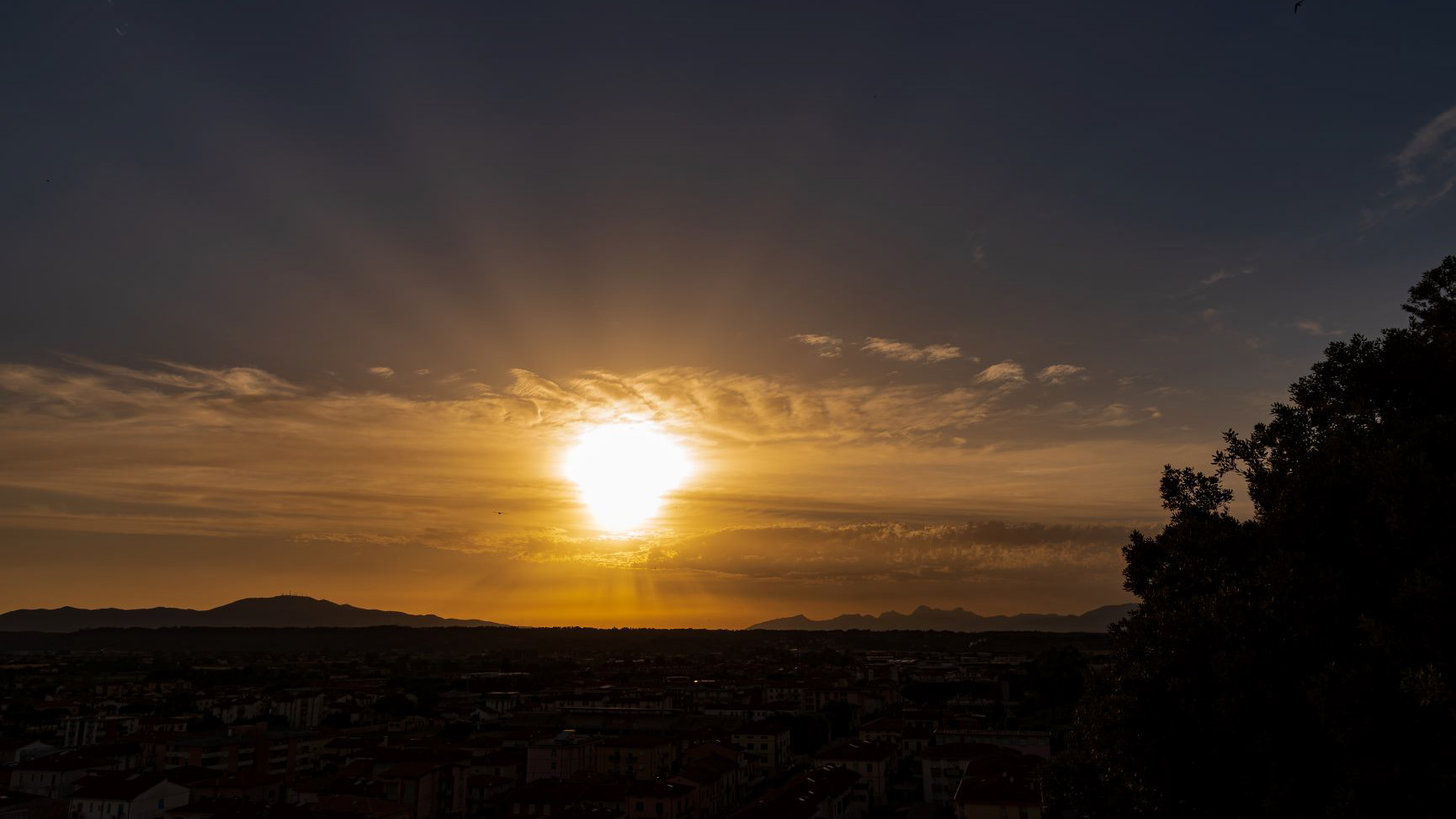
2021
Spectacular sunset over the Apuan Alps
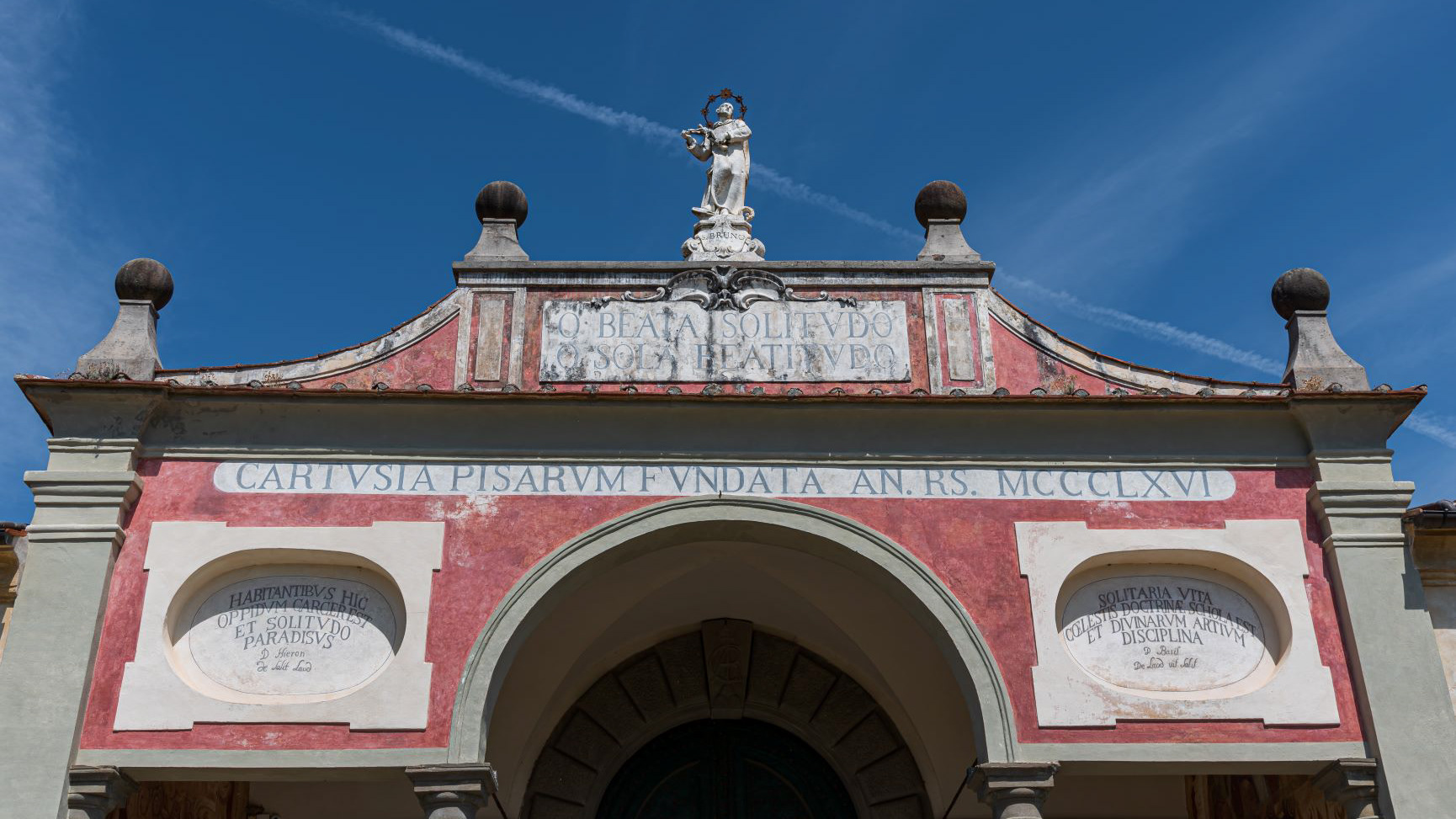
2021
Calci. The Charterhouse of Val Graziosa
The Certosa della Val Graziosa di Calci, commonly known as the Certosa di Pisa or also the Certosa di Calci, is located in the province of Pisa, in the municipality of Calci, in a flat area on the slopes of the Pisan mountains called "Val Graziosa".
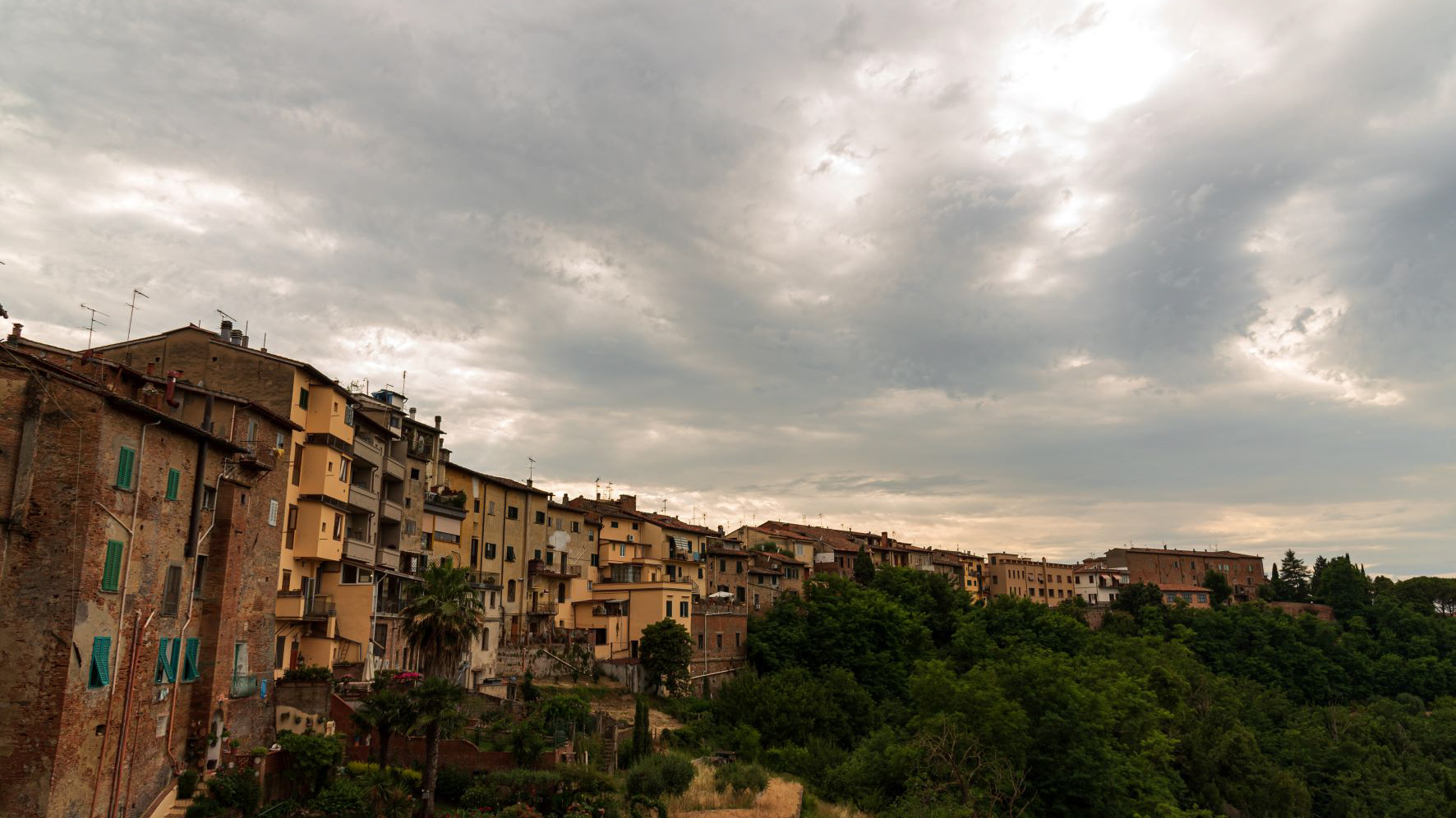
2021
San Miniato. Views on a summer day with clouds
San Miniato is an Italian municipality in Tuscany. The historic center of the city is located in a strategic position on a hill halfway between Florence and Pisa.
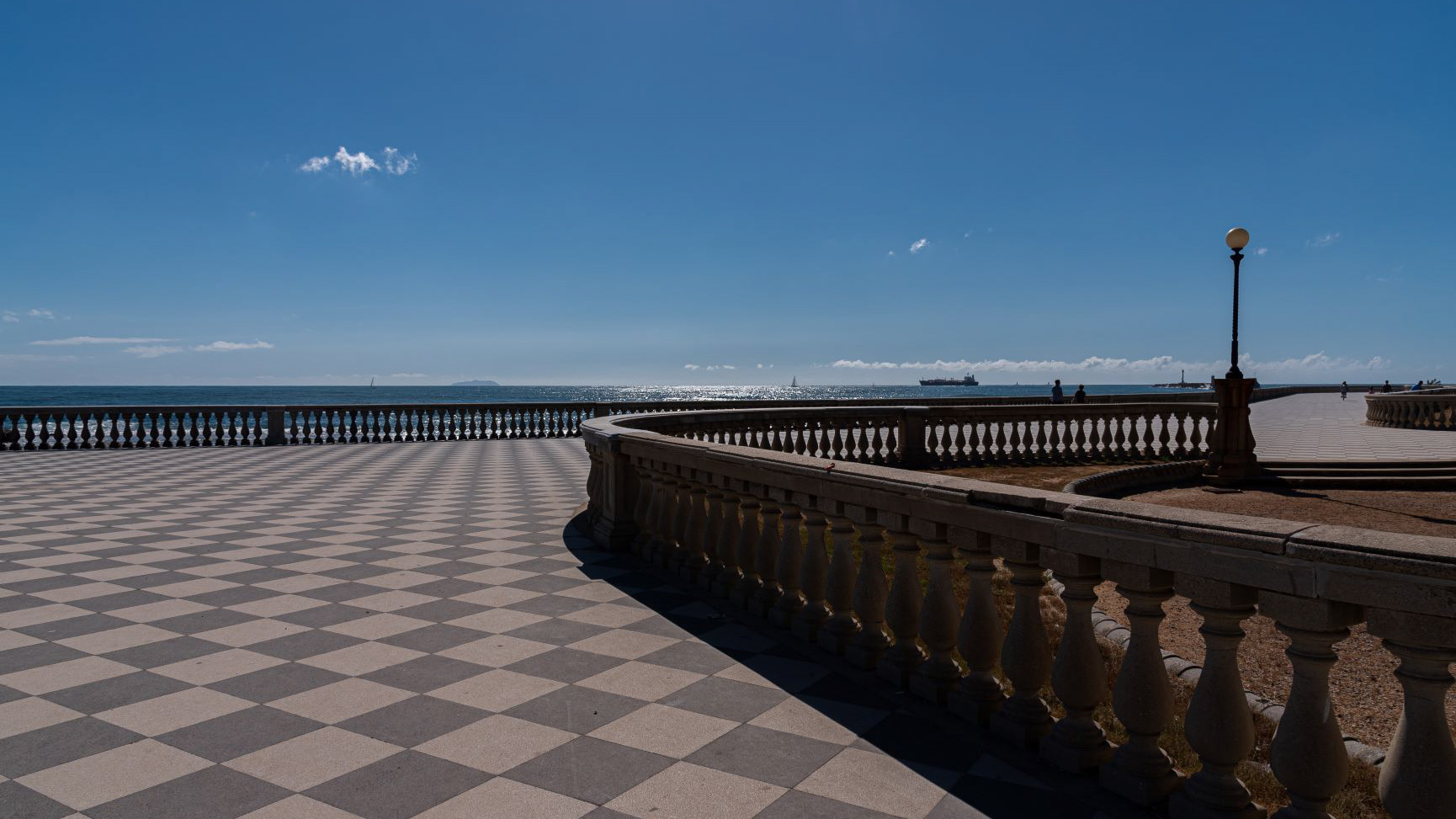
2021
Livorno. The Mascagni Terrace
The Mascagni Terrace is one of the most elegant and evocative places in Livorno and is located on the seafront on the edge of Viale Italia.
2021
San Gimignano. The church of Sant'Agostino
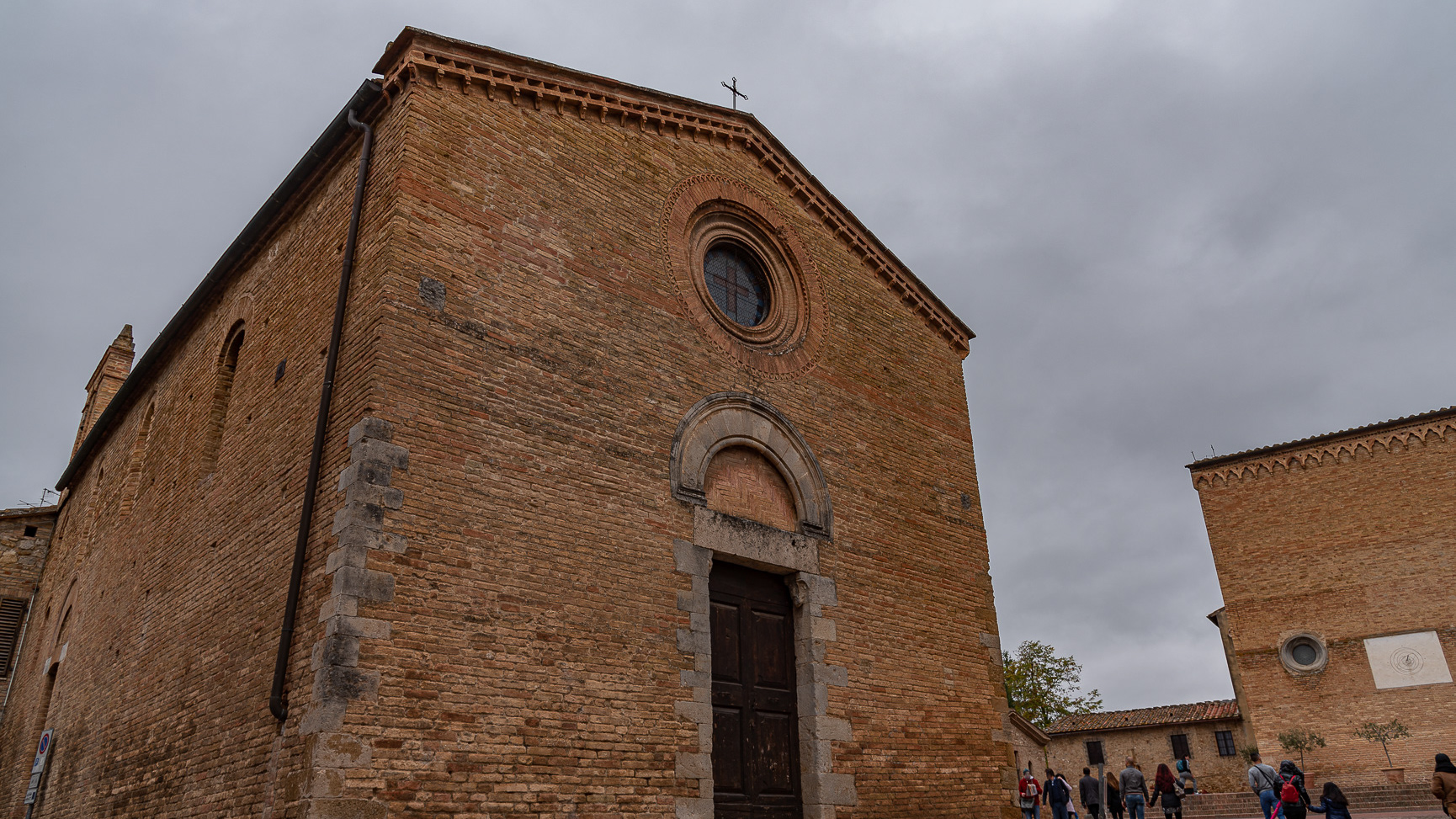
2021
San Gimignano. The church of San Pietro in Forliano
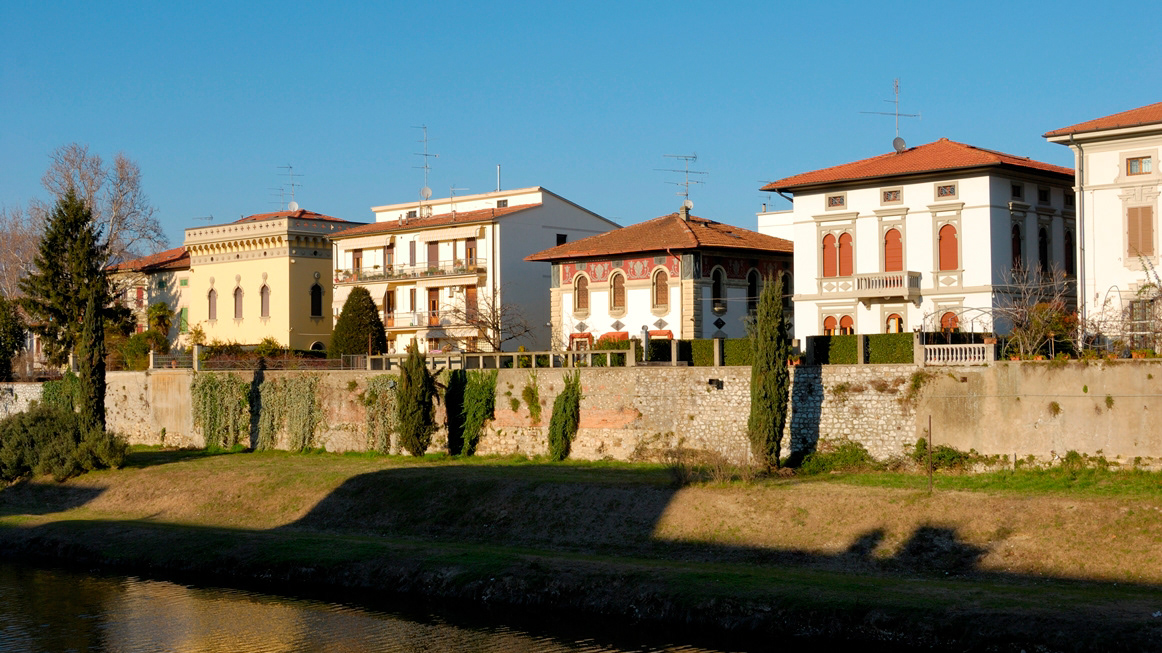
2008
Prato
Prato is an Italian town of 194,390 inhabitants, the capital of the province of the same name in Tuscany. It is the second largest city in Tuscany and the third in central Italy by number of inhabitants after Rome and Florence. Until 1992, the year of the constitution of the province of the same name, it was the most populated non-provincial town in Italy, then in the province of Florence. The Prato plain was inhabited since the Etruscan era, but the birth of the city itself dates back, generally, to the 10th century, when we have news of two contiguous but distinct inhabited centers, Borgo al Cornio and Castrum Prati, which merged during the following century. In the Prato economy, textile production has always played a leading role since the Middle Ages, as evidenced by the documents of the merchant Francesco Datini, but it is in the nineteenth century that Prato saw an impetuous industrial development, which still make it one of the most important districts at the European level. The city boasts historical and artistic attractions of great importance, with a cultural itinerary that begins with the Etruscans and then expanded in the Middle Ages and reached its peak with the Renaissance, when artists of the caliber of Donatello, Filippo Lippi and Botticelli.
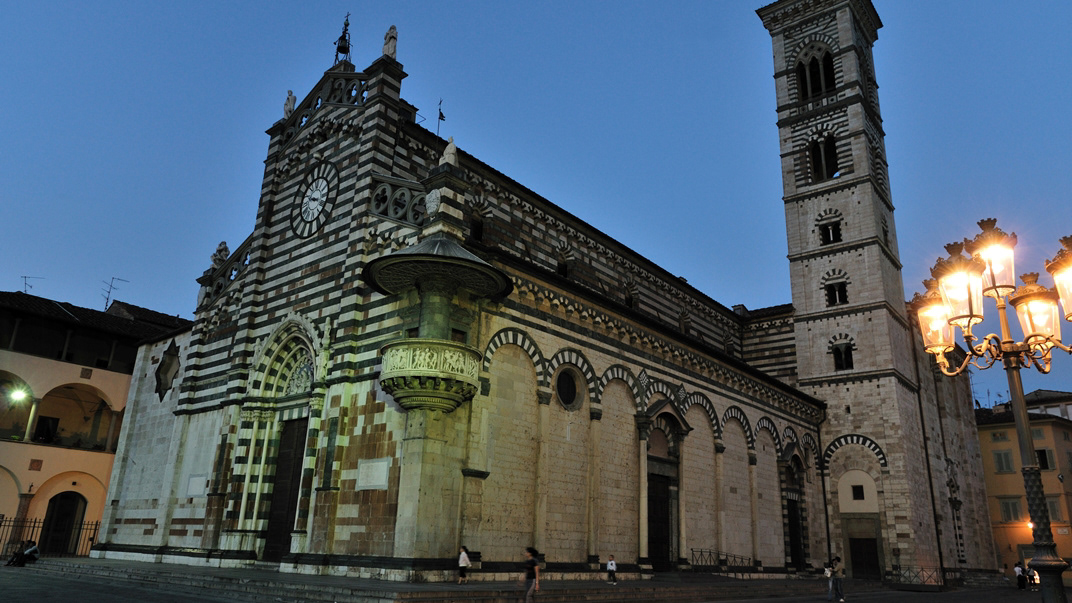
2008
Prato, the Cathedral
The church, with three naves, is built in white and green marble. It most likely dates back to the 6th century. It is one of the most important examples of religious architecture between the twelfth and fifteenth centuries in the region, with an elegant passage inside it between the large Romanesque-Lombard arches and the impetus of Gothic in the transept, most likely designed by the famous Giovanni Pisano , which inside will create a wooden crucifix and his last masterpiece, the Madonna della Cintola, in 1317. The relic of the sacred Cintola is kept there. The most important works are the external pulpit (built by Michelozzo and decorated by Donatello), the internal pulpit by Mino da Fiesole and Antonio Rossellino from 1472, the Madonna dell'Ulivo, the only work created together by the famous brothers Da Maiano, Giovanni, Benedetto and Giuliano. In the transept instead there are the frescoes by Filippo Lippi (in the Cappella Maggiore), one of the greatest expressions of the Italian Renaissance, the frescoes by Paolo Uccello (in the Cappella dell'Assunta), and by Agnolo Gaddi (in the Chapel of the sacred Cintola), all interior of a bronze gate made by some of the most important goldsmiths of the fifteenth century.
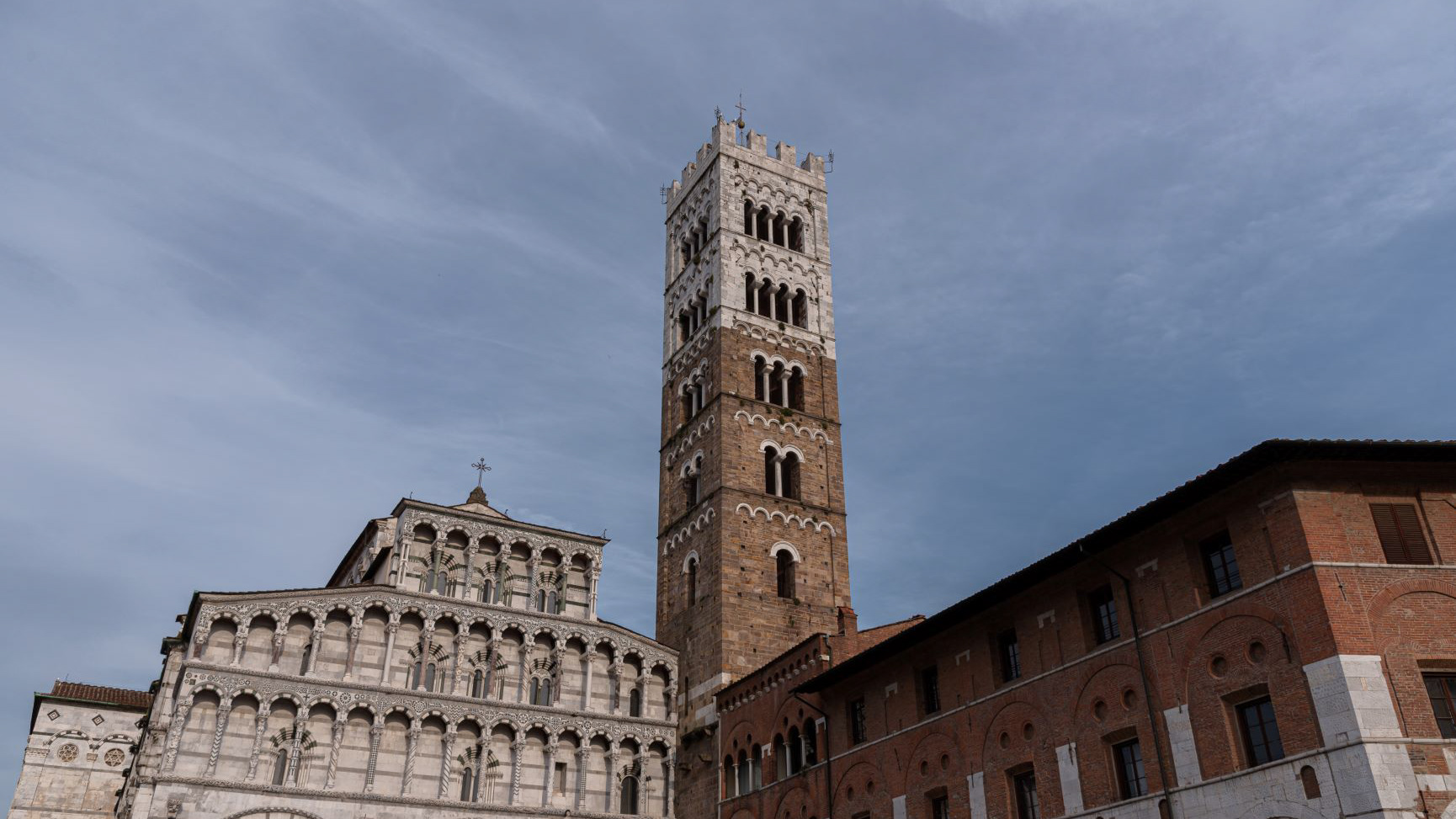
2021
Lucca. The Cathedral of San Martino
The Cathedral of San Martino is the main Catholic place of worship in the city of Lucca. According to tradition, the cathedral was founded by San Frediano in the sixth century, then rebuilt by Anselmo da Baggio, bishop of the city, in 1060.
